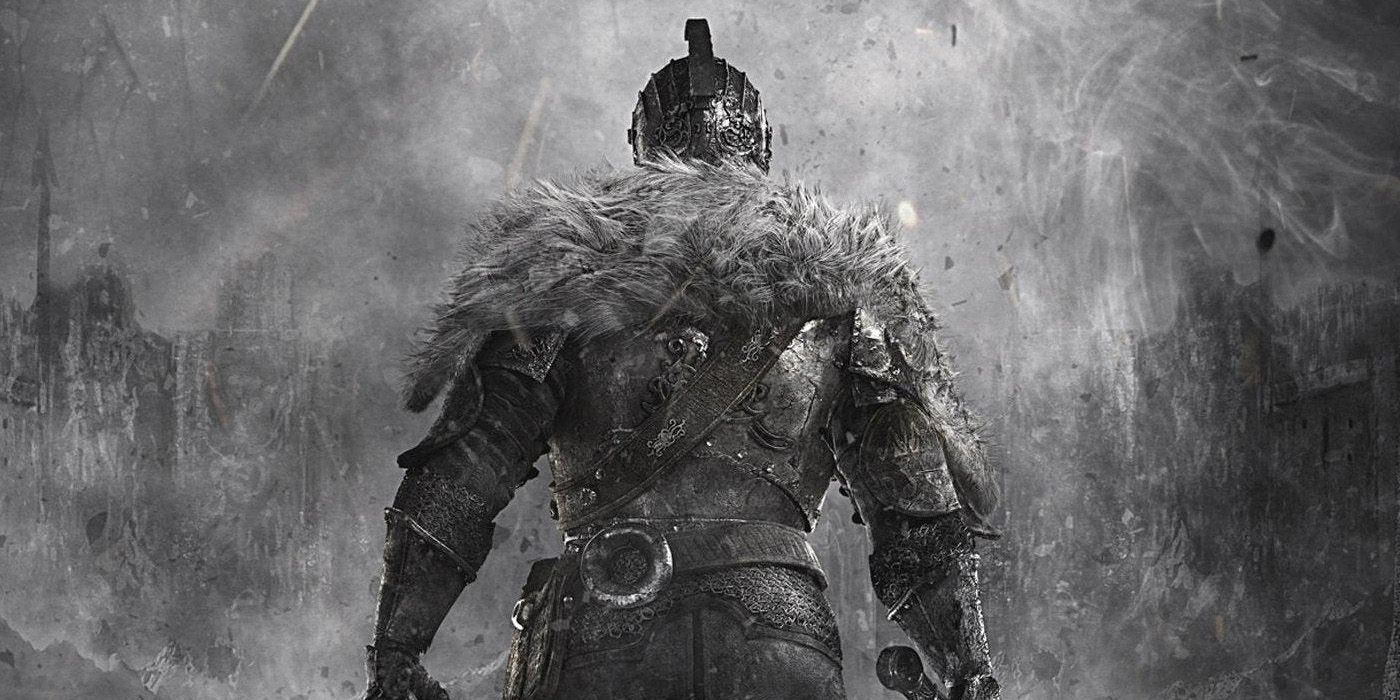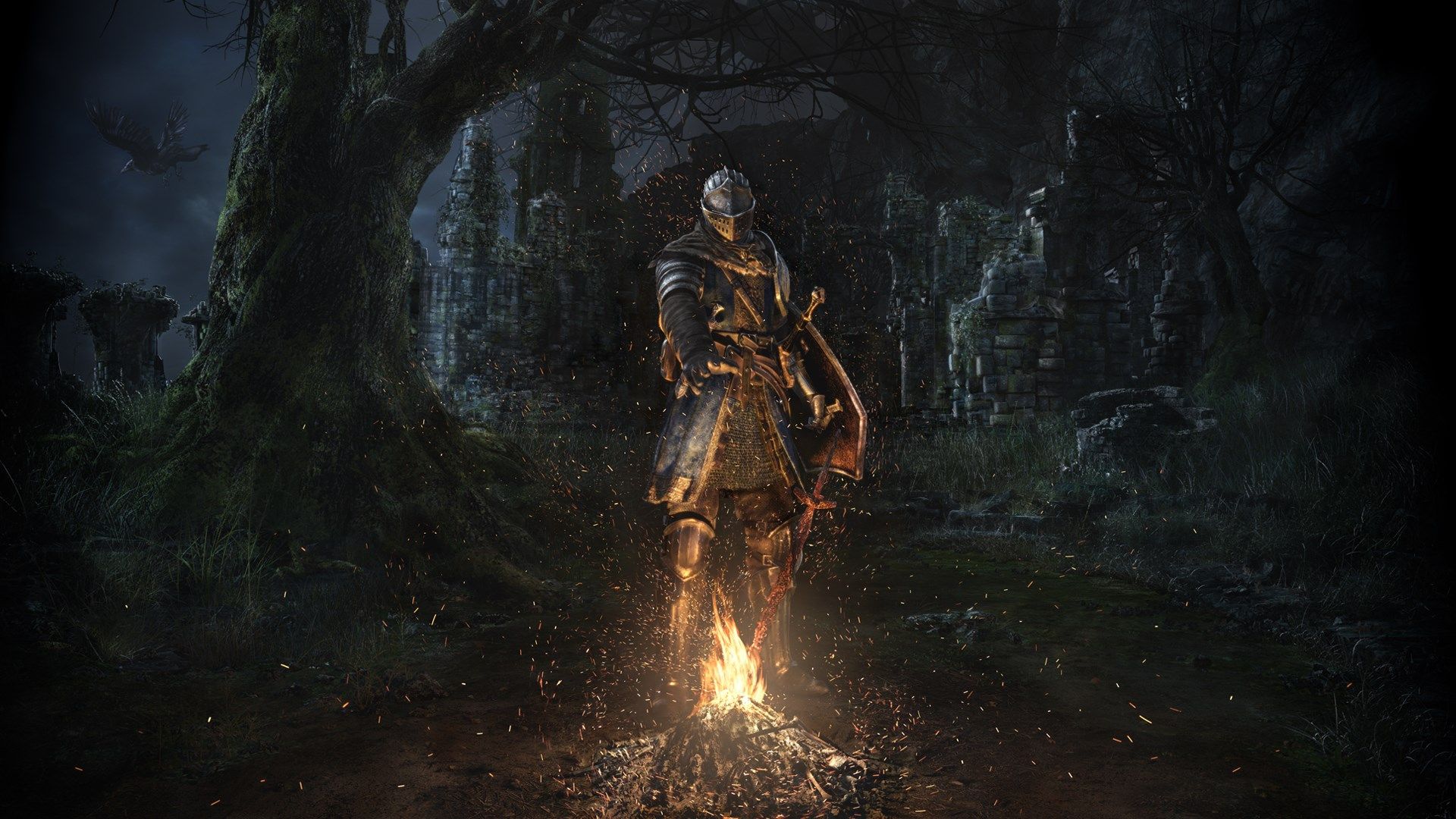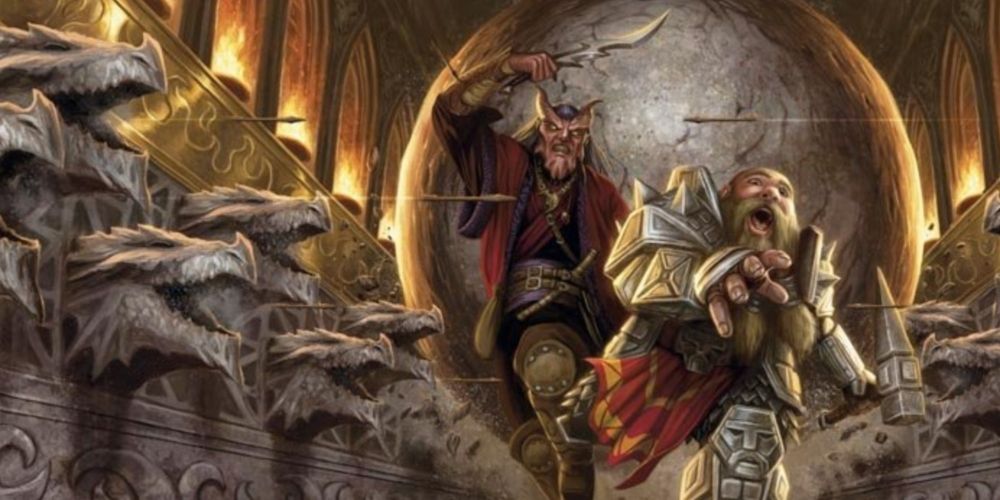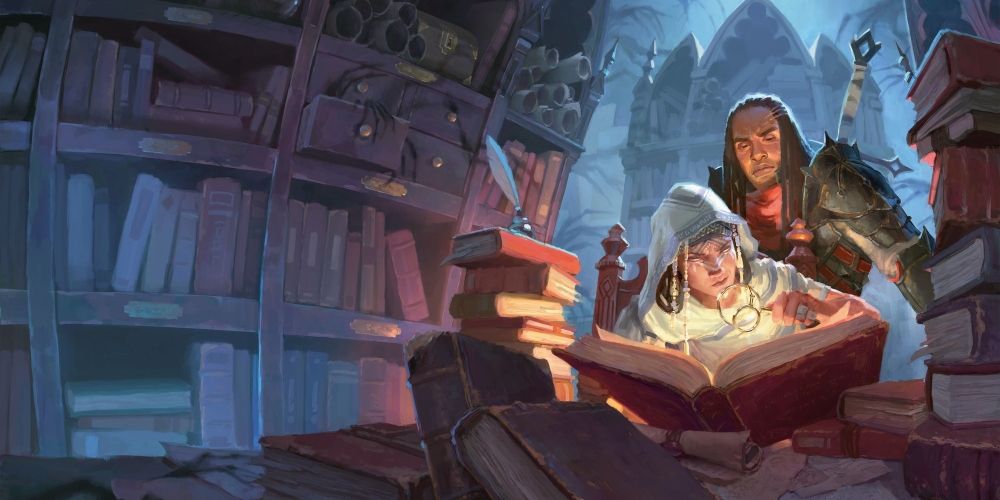Dungeons & Dragons is not particularly known for its difficulty, at least not in the current edition. Older editions, and especially the original release edition, were significantly harder, but Fifth Edition tends to shy away from intense difficulty, outside of boss encounters in favor of making the game more accessible to a wider audience. However, some play groups may want a more challenging, unforgiving gameplay experience -- and what better game to take inspiration from for that than Dark Souls?
There are many parallels to be drawn between D&D and Hidetaka Miyazaki's masterpieces, from dungeon crawling, complex stories, interesting characters, intense boss fights and, of course, the occasional dragon. However, 5e's gameplay is not particularly similar to any Souls game. While storytelling is up to the Dungeon Master and the world of a D&D campaign are infinitely mutable, there a several mechanics that can be translated from the Dark Souls series and Elden Ring that can make a campaign feel a little more Soulslike.
How to Handle Death in a Soulslike D&D Campaign
One of the biggest constants in the Souls series is death. Players are expected, even encouraged, to die over and over again. However, death is not simply a punishment. One wrong move may put the player in the path of a trap that kills them, but they then know for the future that the trap is there. Every death should come with a lesson learned, whether that's new information about enemies, the environment or how to best combat something. In D&D, this is much less possible with the as-written rules.
If a DM wanted to run a Souls-inspired campaign, they would need to first address death in their game. Death may be more likely and it may be easier to die more frequently, but the players should also be able to essentially respawn instead of having to use spells like Resurrection or expensive tools to raise their party member. The Undead of Dark Souls are a great example, returning to life over and over again no matter how they might fall.
How to Add Hub World and Safe Zones to D&D
Other constants in Miyazaki's games are hub worlds and safe zones, which are places where the player can rest or resurrect when they die. Here, the player can return and know that they are safe. Having something that feels like a home the party can return to, be it a ruin that grants them shelter or a small town that's magically protected from monsters, is important when creating a Souls-like setting.
Having safe places in a D&D world gives players time to relax where they don't have to watch out for a potential monster around every corner. Safe zones throughout the dungeons or other areas the party is exploring also provide places for them to resurrect, acting as checkpoints in a way so that they don't have to go all the way back to the beginning of the game when they die.
The hub should also provide services to the player. The best example of this is in the Firelink Shrine of Dark Souls III. The most effective way to run a hub world in D&D would follow the Shrine's method of making a number of services available to the players within the hub at all times, such as upgrading their abilities and gear, leveling up and providing questlines they can embark on. The hub is the DM's greatest tool in a setting like this, providing a place for NPCs to gather once they have been found during exploration and giving players more options as the adventure goes on.
How to Handle Progression in a Soulslike Campaign
Another important change that would have to be made pertains to how character progression works. In D&D, characters either gain experience points or level up when they reach story milestones. In the Souls series, players collect souls like they are currency and can spend those on either items or level ups.
While DMs could simply replace souls with D&D's existing gold, they could also implement a new currency that replicates the experience of collecting souls, blood echoes or runes. This resource could also dropped where the player dies and need to be collected on the next run through that area. In a game like D&D, this might be a bit harsh, but individual DMs can find their own ways of balancing the progression currency.
Having things like the soul items in Dark Souls, or coin purses from Sekiro: Shadows Die Twice is a great way to counteract completely losing progression on death. These items would remain tied to the character even after death and can be consumed by the players to gain some currency without having to make the run back to collect their dropped items.
How to Incorporate Dark Souls' Storytelling Into D&D
The final change a DM would need to consider is how they deliver the story. In the Souls series, players experience the story by talking to NPCs and reading item descriptions. While the former is already a major part of D&D, with DMs able to run NPC interactions however they wish, incorporating item descriptions may be more complicated.
In D&D, there's not really a way to read about an item unless the DM hands out item cards for every single piece of equipment the players find. A way to handle this might be to have an NPC in the hub world that can tell players about what they find. A historian or antiquarian could identify magical items for the players and tell them some lore about the other items they find along the way.





